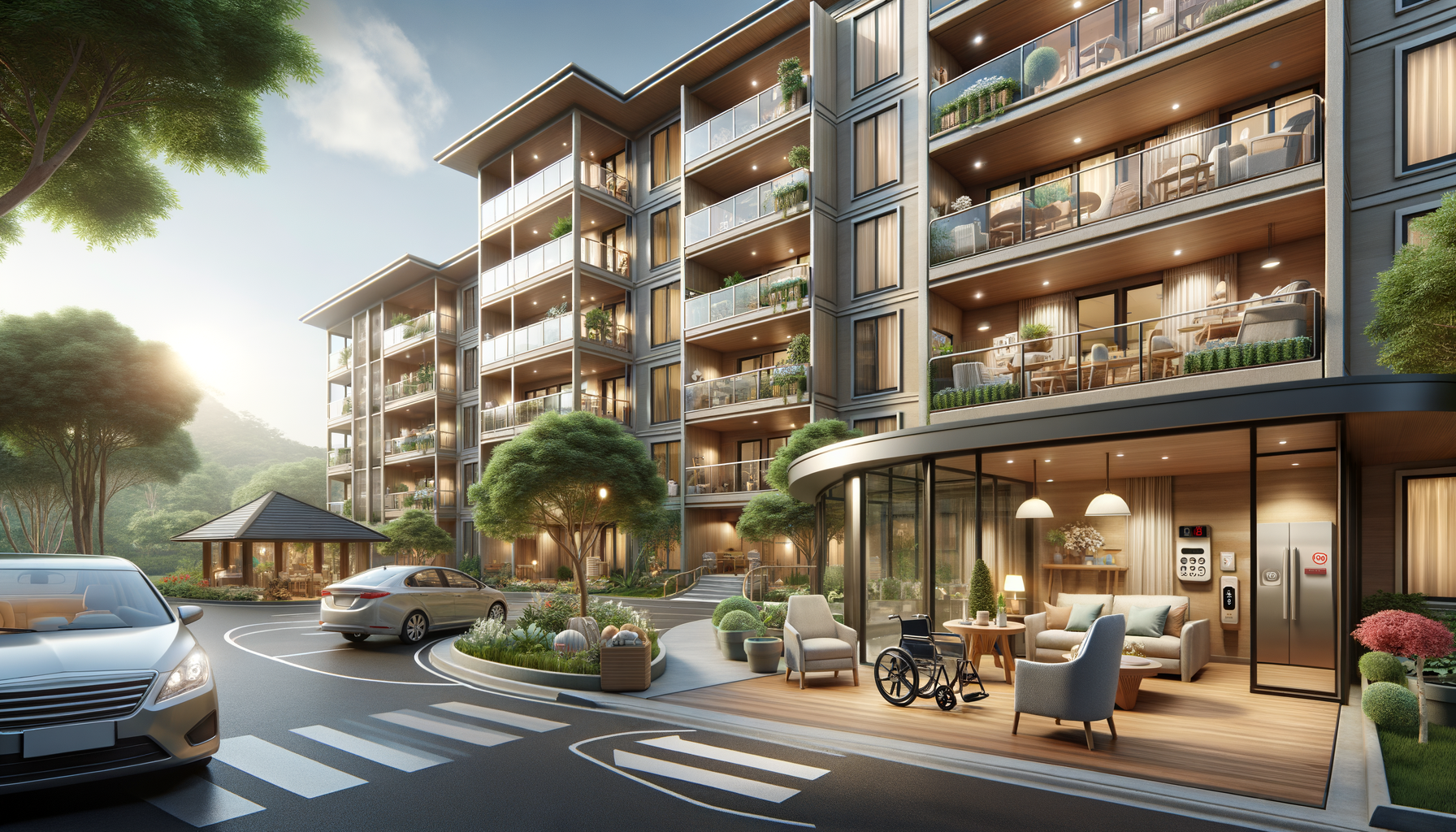Everything You Should Know About Senior Apartments Before Moving In
Exploring senior apartments offers insights into a living solution tailored for comfort and community in later years.

Understanding Senior Apartments
Senior apartments are specifically designed living spaces for individuals typically aged 55 and older. These apartments cater to the unique needs and preferences of seniors, offering a blend of independence and community living. Unlike traditional apartments, senior apartments often include features that enhance safety and accessibility, such as grab bars, step-free entrances, and emergency response systems.
One of the primary attractions of senior apartments is the opportunity for social engagement. Many complexes offer communal spaces and organized activities that encourage interaction among residents. This social aspect can be crucial for seniors who may otherwise experience isolation.
Another advantage is the maintenance-free lifestyle. Most senior apartment complexes handle upkeep tasks such as landscaping, repairs, and snow removal, allowing residents to enjoy their time without the burden of home maintenance.
Types of Senior Apartments
Senior apartments come in various forms, each catering to different levels of care and independence. Here are some common types:
- Independent Living Apartments: These are ideal for seniors who can live independently but prefer a community setting. They offer minimal assistance with daily activities.
- Assisted Living Apartments: These provide more support, including help with personal care, medication management, and meal services, while still offering a degree of independence.
- Continuing Care Retirement Communities (CCRCs): CCRCs offer a range of living options from independent living to skilled nursing care, allowing residents to transition as their needs change.
Choosing the right type depends on the individual’s health, lifestyle preferences, and future care needs. It’s essential to consider both current and potential future requirements when selecting a senior apartment.
Financial Considerations
Moving into a senior apartment involves various financial considerations. Understanding these can help seniors and their families make informed decisions. The cost of senior apartments can vary significantly based on location, amenities, and the level of care provided.
Some key financial aspects to consider include:
- Monthly Rent: This typically covers the apartment, utilities, and access to community amenities. It’s crucial to compare rents across different complexes and understand what is included.
- Entrance Fees: Some senior living communities require a one-time entrance fee, particularly CCRCs. This fee can be substantial and should be factored into the overall cost.
- Additional Services: Services such as housekeeping, transportation, and personal care may incur extra charges. It’s important to clarify these costs upfront.
Exploring financial assistance options, such as government programs or long-term care insurance, can also be beneficial in managing the costs associated with senior apartments.
Location and Lifestyle
The location of a senior apartment can significantly impact the lifestyle and convenience for its residents. Many seniors prefer apartments located near family, friends, and familiar surroundings. Proximity to healthcare facilities, shopping centers, and recreational areas is also a priority for many.
When considering location, it’s essential to think about:
- Access to Medical Care: Easy access to hospitals and clinics can provide peace of mind for seniors and their families.
- Transportation Options: Availability of public transport or community shuttles can enhance mobility and independence.
- Community Environment: The surrounding neighborhood can influence the overall living experience, so it’s important to visit and assess the community vibe.
Ultimately, the right location should align with the senior’s lifestyle preferences and daily needs, ensuring a comfortable and fulfilling living experience.
Social and Recreational Opportunities
A vibrant social life can greatly enhance the quality of life for seniors, and many senior apartments are designed to foster a sense of community. These communities often offer a variety of social and recreational activities tailored to the interests and abilities of their residents.
Common activities include:
- Group Exercise Classes: Activities like yoga, tai chi, or water aerobics promote physical health and social interaction.
- Art and Craft Workshops: These provide creative outlets and opportunities for residents to learn new skills.
- Social Events: Regularly scheduled events such as game nights, movie screenings, and holiday celebrations encourage community bonding.
For many seniors, these activities offer not only entertainment but also a chance to build friendships and stay mentally and physically active. The availability and variety of these opportunities can be a key factor in choosing a senior apartment.